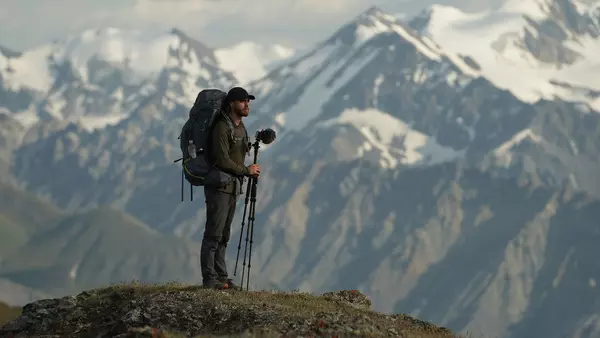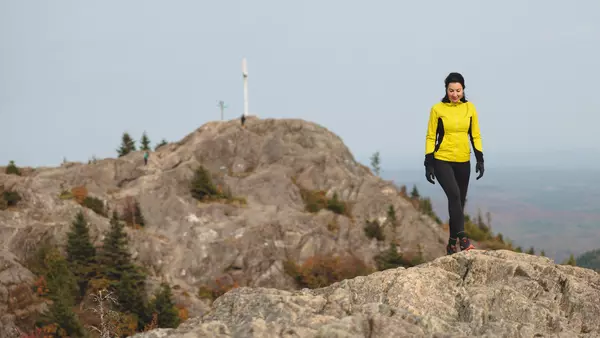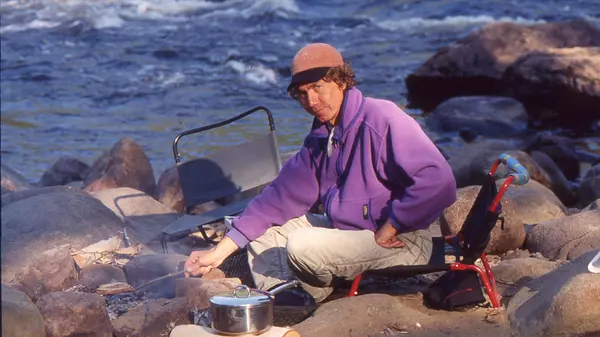In our northern lands, cold is like water. It seeps through no matter the size of the opening. Imagine when an entire limb is exposed for too long and you add wind and...humidity. The equation is simple: cold + wind + humidity = high risk of frostbite. Being aware of this type of problem is one thing, being prepared is another. Here are some explanations and facts that could be very useful to you during your winter activities.
Our body's reaction to the cold
The human body is a beautiful, complex, robust yet fragile machine. It is also designed to protect its vital organs, brain, heart, and lungs, which we call the core, by concentrating the body's heat towards these organs.
This can still cause some minor problems due to cold weather. This protective reflex can cause the extremities to be abandoned by vasoconstriction to the detriment of the core and can cause the worst if someone remains inactive.
Frostbite is a skin alteration that can be likened to a burn in its degree of severity, ranging from mild to severe. Exposed to the cold, the skin begins to blush at the very beginning, whiten afterward, swell, and reach a waxy appearance when everything worsens until the appearance of blisters or even necrosis in very severe cases.
Signs of Frostbite
Here are some signs that should not be taken lightly.
1st stage: Red skin or patches of white
Signs of superficial frostbite can manifest as white patches or a decrease in sensation, such as numbness. This can be a warning sign that you need to warm up before permanent damage is done.
2nd stage: A prickling sensation
If you do not warm up after the onset of superficial frostbite, it will progress to its early stages. If left untreated, the frozen skin can become numb, itchy, burning, or prickly and many people do not recognize frostbite due to this numbness. Check the progress of the color and texture of the exposed skin to avoid further deterioration.
3rd Stage: Hard and wax-like skin
If you are in cold temperatures for an extended period, your skin can become hard and stiff, a sign of frostbite that signals tissue damage. If you do not feel any softness in your skin, the tissue will likely freeze. The area can become glossy or wax-like. People affected by superficial frostbite can see blisters filled with fluid or blood on their skin when they warm up within 24 to 36 hours. Prolonged exposure to cold temperatures can cause the last stages of frostbite, potentially leading to the death of the tissue. Seek medical attention immediately if you are at this stage.
Sensitive areas
The most commonly affected areas of frostbite are the cheeks, nose, ears, fingers, and toes. These areas are particularly vulnerable as they are less irrigated by blood. I can assure you that no one wants to go through this ordeal.
How to prevent frostbite?
First, dress appropriately for the activity and have good, warm boots on your feet. The key: is good fit and insulation. Avoid tight clothing that could restrict blood circulation. Before going out in cold weather, it is important to check the temperature and wind chill. Frostbite can occur when the temperature drops below freezing, so it is important to know the outdoor conditions before venturing out. Make sure to dress appropriately. Minimize skin exposure to the cold. Staying active warms four times more than an external heat source. So, move, move, move.
How to manage frostbite?
There are AVOIDABLE reflexes that come from grandma's remedies, such as rubbing a frostbite with snow to numb the pain or rubbing the frozen parts together. This would only worsen the injury.
Remove the person with frostbite from the cold (so, bring them inside) to slowly reactivate the blood circulation in their frozen extremities. Remove their clothing and jewelry that could impede circulation. Gradually warm with your warm hand on the victim's. It is also possible to put frozen fingers or toes in contact with the armpits of a good Samaritan—a rather gripping gesture for him.
Move the extremities slowly to regain the dexterity lost in this ordeal. The return of blood circulation can be very painful. The injured part could also be dipped in warm water if there was no volunteer for warming up with human contact.
If the frostbite is located on the feet, it should be avoided to walk on it depending on the gravity. If you judge that the frostbite is serious, medical care may be required by consulting a health professional.
To bring on your outdoor trips
When you go out for a day trip outdoors like off-piste skiing or snowshoeing, make sure to bring an extra pair of warm socks as well as mittens, and don't forget to have a down-type coat. Also, bring a foam sleeping pad to insulate yourself from the cold when you stop to eat outside. Also, bring snacks like energy bars and fill a thermos with hot liquids that can also help you warm up. Why not have some hand or foot warmers in your backpack?
Dress well, check the weather forecasts, and be prepared to avoid this unpleasantness!
Blog
See all articlesSign up to get 10% off your first order.
A confirmation email containing your promotional code will be sent to you. If you cannot find it in your inbox, please check your spam folder.
By subscribing, you accept that we will send you emails concerning promotions, events, products and other exclusive advantages that are only available to our subscribers.













